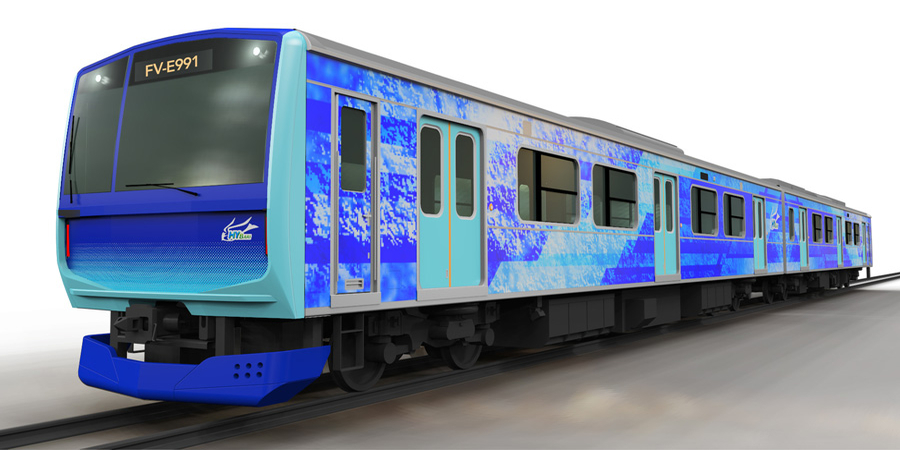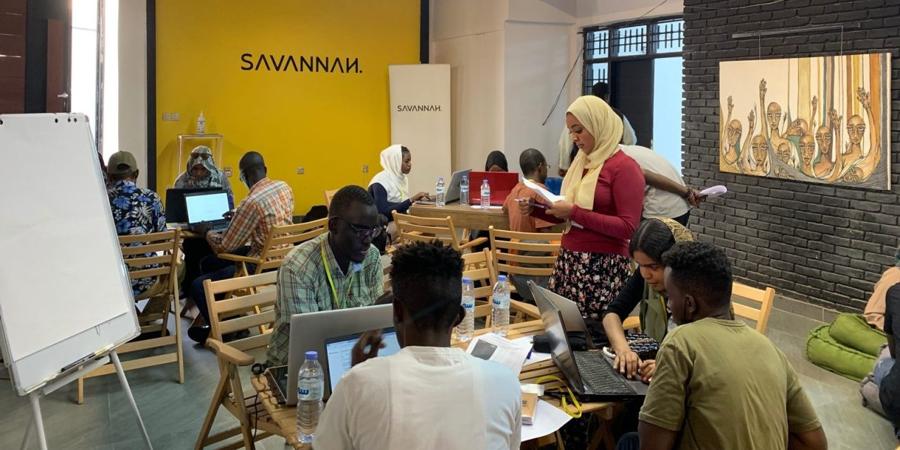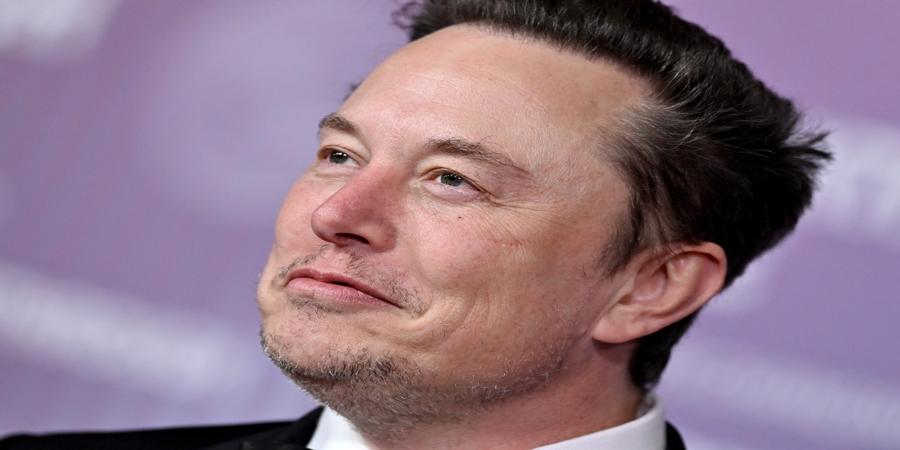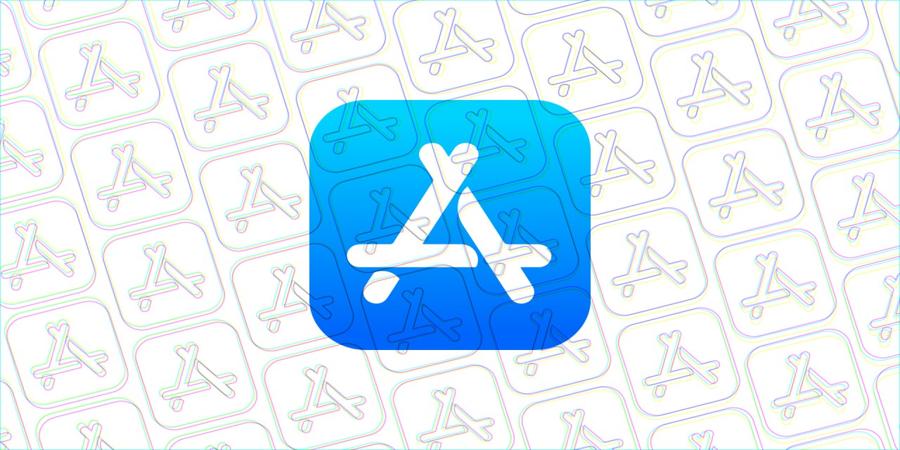TOKYO – Toyota Motor Corp, Hitachi Ltd and East Japan Railway Co said Tuesday they will jointly develop hydrogen-powered trains as part of their efforts to reduce carbon emissions.
The three companies have agreed to collaborate on development of test railway vehicles equipped with hybrid systems that use hydrogen-fuel cells and storage batteries as their source of power.
Toyota, which introduced the Mirai sedan in 2014 as the world’s first hydrogen-powered, mass-produced vehicle, will develop the fuel cell power unit on the test train.
Fuel-cell vehicles are powered by electricity generation through a chemical reaction of hydrogen and oxygen and do not emit any carbon dioxide.
Read also – Hitachi, Toshiba join with Miraca Holdings to increase production of antigen-based coronavirus tests
Hitachi, one of the world’s major makers of trains, will produce the hybrid drive system that supplies electric power to the motors from both the fuel cell device and the storage battery, controlling the movement of the wheels.
JR East will design and manufacture the train carriage, which will be nicknamed Hybari, they said.
The two-car test train is expected to run at the maximum speed of 100 kilometers per hour with a driving range of up to 140 km.
“We will aim at a commercial operation as our next step after reviewing the test,” JR East President Yuji Fukasawa said at a press conference.
Read also – Toyota to develop fuel-cell electric truck for North America market
The three companies plan to start testing the hydrogen-powered train, which will cost a total of 4 billion yen ($38 million), in March 2022 on the JR East Tsurumi Line and Nambu Line in the suburbs of Tokyo.
Overview of the Hybrid (Fuel Cell) Test Vehicles
- Train Configuration
- Vehicle modelFV-E991 series
- Train configurationTwo cars in one unit

2 – Workings of the Fuel Cell Hybrid System

The hydrogen used to fill the hydrogen tank is supplied to the fuel cell device and undergoes a chemical reaction with oxygen in the air to generate electricity. The main circuit storage battery is charged by electric power from the fuel cell device and by capturing and converting energy to electric power using regenerative braking. The hybrid drive system supplies the electric power to the traction motors from both the fuel cell device and the main circuit storage battery, controlling the movement of the wheels.
Toyota will develop the fuel cell device and Hitachi will develop the hybrid drive system.



